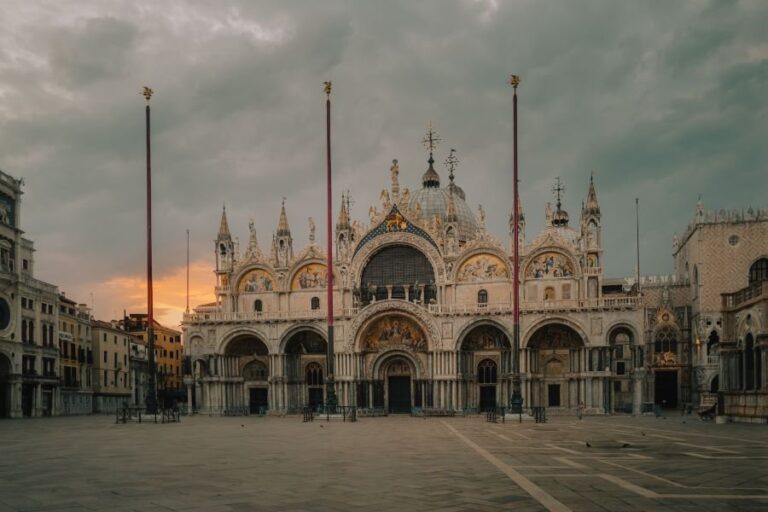7. Palermo Cathedral
Cathedral of Santa Maria Assunta, is a prominent religious landmark located in Palermo, the capital city of Sicily, Italy. It is one of the city’s most significant architectural and cultural attractions.
The Cathedral is situated in the historic center of Palermo, near the lively Piazza del Duomo. It occupies the site of a former Byzantine basilica and an earlier Muslim mosque.
The main façade is predominantly in the Norman-Arab style, characterized by intricate details, pointed arches, and geometric patterns.
Palermo Cathedral is notable for housing several tombs of significant historical figures. The most famous tomb is that of Frederick II, the Holy Roman Emperor. Other royal and imperial tombs include those of Roger II, the first King of Sicily, and Henry VI, Emperor of the Holy Roman Empire.
Its architectural diversity, royal tombs, and the splendid Palatine Chapel make it a must-visit attraction for tourists interested in Sicilian history, art, and architecture.
8. Catania Cathedral
The Cathedral of Saint Agatha, is dedicated to Saint Agatha, the patron saint of Catania.
Catania Cathedral is situated in the heart of the historic city center, specifically in the Piazza del Duomo. It is surrounded by other notable buildings, such as the Elephant Fountain (Fontana dell’Elefante) with an ancient Egyptian obelisk.
One of the most significant parts of the cathedral is the Chapel of Saint Agatha, which houses the relics of the city’s patron saint. The chapel is lavishly decorated and contains precious objects related to Saint Agatha, including her silver bust.
Feast of Saint Agatha: The Feast of Saint Agatha, held annually in Catania from February 3rd to 5th, is one of the most important religious festivals in Sicily. It attracts thousands of pilgrims and tourists who come to honor and celebrate the life of Saint Agatha.



